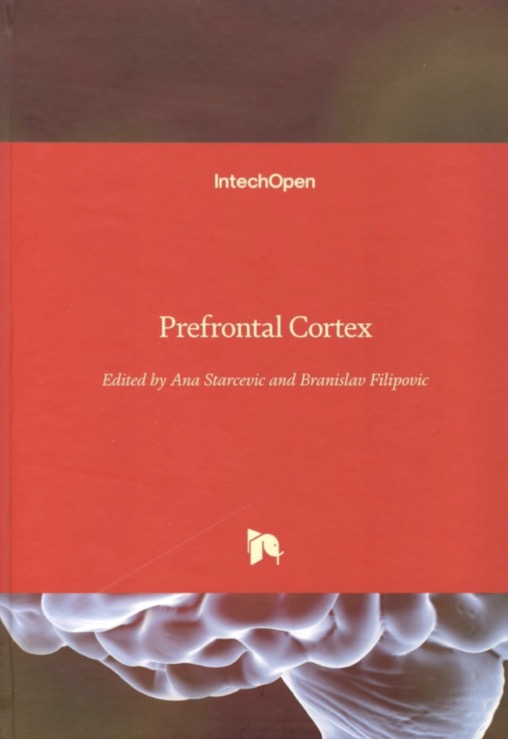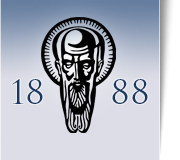Prefrontal Cortex

Prefrontal Cortex
ISBN: 978-1-78923-904-1
Print ISBN: 978-1-78923-901-4
eBook (PDF) ISBN: 978-1-83881-726-8
DOI: 10.5772/intechopen.73226
Copyright year: 2018
Annotation: The prefrontal cortex reaches its greatest development in the human brain, making up nearly one third of the neocortex. Due to its remarkable evolution, the prefrontal cortex plays an important role in higher integrative functions such as information processing, thinking, analysis, language, understanding, attention, working memory, emotions, motivation and behaviour. This book brings together theoretical and technical research advances on the prefrontal cortex of authors from different scientific and national schools. The accents of the published studies are in the direction of: analysis of the neuronal architecture of the prefrontal cortex and its anatomy, presenting it as a morphological substrate for many psychological conditions; description of normal and altered connectivity of the prefrontal cortex and its manifestation in different behaviour; identification of organizational levels within the prefrontal cortex through different neuroimaging methods. Some of the materials provide an interdisciplinary view of the prefrontal cortex and its problems and reveal the main role of this part of the brain in the psychosocial, economic and cultural adaptation of man.
The Dynamic Maturation Process of the Brain Structures, Visual System and Their Connections to the Structures of the Prefrontal Cortex during 4 – 6 Years of Age
by Neli Vasileva
Abstract: The chapter summarizes an author’s research in the field of child neuropsychology, devoted to the dynamics of non-verbal visual gnosis in 365
children aged 4–6 with typical development. Data from a study of perceptual operations in difficult conditions (a sample to identify incomplete images), the deficits in which they are considered as a predictor of dyslexia, are analysed. Against the backdrop of a predominantly analytical (left hemisphere) strategy in the processing of visual incentives, a progressive improvement in the holistic (right hemisphere) strategy was also noted, especially in children aged 6. The positive dynamics of identifying visual stimuli in difficult conditions by integrating distinct signs in the 4–6-year period is explained both by the activation of the holistic processing strategy and by the increasing participation of the prefrontal cortex in the functioning of the complex forms of non-verbal visual gnosis.


